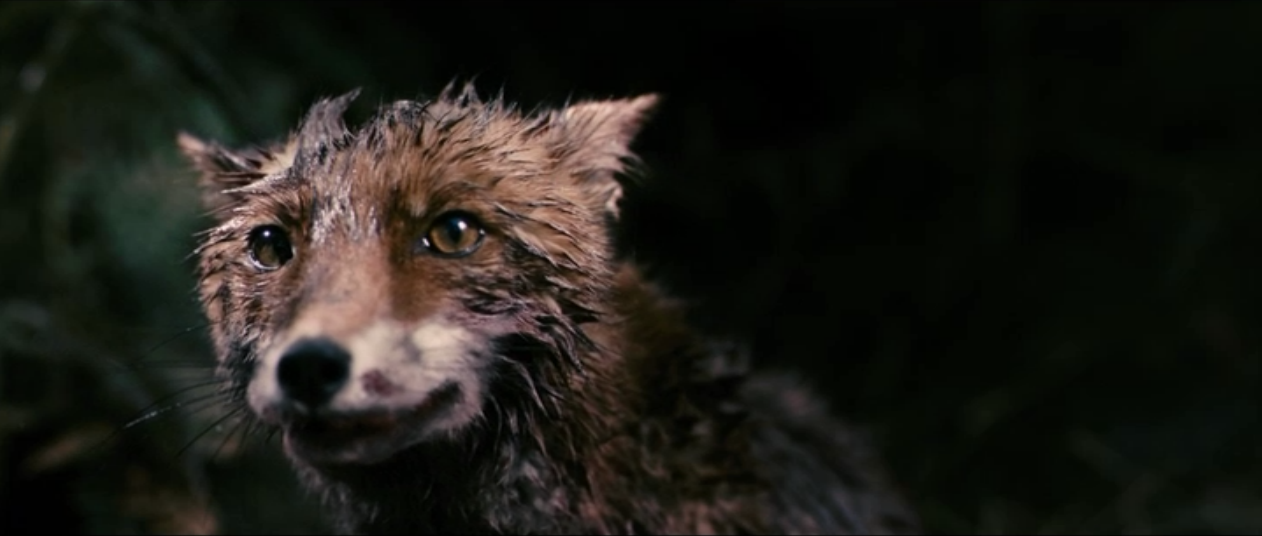

So what does this cinema of dark beauty achieve in setting up resonances from so much that has come before it? Has it effected anything other than a coy quotational amalgam? Is Lars Von Trier nothing more than the Quentin Tarantino of the ‘art cinema’, a graduate of too many hours spent at the cinematheque rather than the local video store? Dante’s Inferno is never far away either, as are Peter Greenaway and Raul Ruiz’s videographic versions of it. Then there are the ever-present echoes of Hieronymus Bosch. Many of the dream like images recall the manipulated still photographic work of Pierre et Gilles, the grisly news photography and manipulations of WeeGee, and a range of surrealist photographers’ usage of camera distortion of the body. Outside of film, there are precursors in Damien Hirst’s formaldehyde works, which themselves hark back to the Victorian obsession with taxidermy and the 18th century Venetian anatomical wax castings from cadavers. There are parts that recast the recent horror genre staples such as Saw (James Wan, 2004), and fantastical poetic images from the likes of El laberinto del fauno ( Pan’s Labyrinth Guillermo del Toro, 2006). But the encyclopedic imagery does not stop at ‘art films’ nor cinema alone. David Lynch’s step printed, slightly out of focus close-up sequences. The black and white, at times slow motion sequences of Andrei Tarkovsky, to whom the film is dedicated. The muted tones of Michelangelo Antonioni’s Il deserto Rosso ( Red Desert, 1964) of which Antichrist could be considered an update, the central character no longer simply neurotic, but psychotic. They recall a bevy of ‘art cinema’ classics. What is striking about Lars von Trier’s tale, biblical and bleak in an Old Testament manner, of a descent into the depths of suffering and desolation, is the beauty of its images. This is the bleak Jansenist life as hell without salvation of late Robert Bresson, the devil probably indeed. Hence Antichrist (2009), but not in the formulaic horror tradition of a demonic possession, but perhaps more appropriately an ‘ante-Christ’, a time and place before salvation could possibly be conceived. For if nothing else, this is the tale of a return to the fall, the garden of Eden post expulsion, and there is no question of turning back. Perhaps halfway into this apocalyptic fairy tale, an emblematic fox, taking Aesop’s formulation of sour grapes to its furthest point, tearing at its own innards, turns to “he”, the unnamed male lead played by William Dafoe, and mouths the words “chaos reigns”. The creative possibilities are always multiplying and branching out.

That’s why it’s impossible to create masterpieces in the classical sense, but also what makes it so rich. You don’t need to know a work to be influenced by it.


 0 kommentar(er)
0 kommentar(er)
